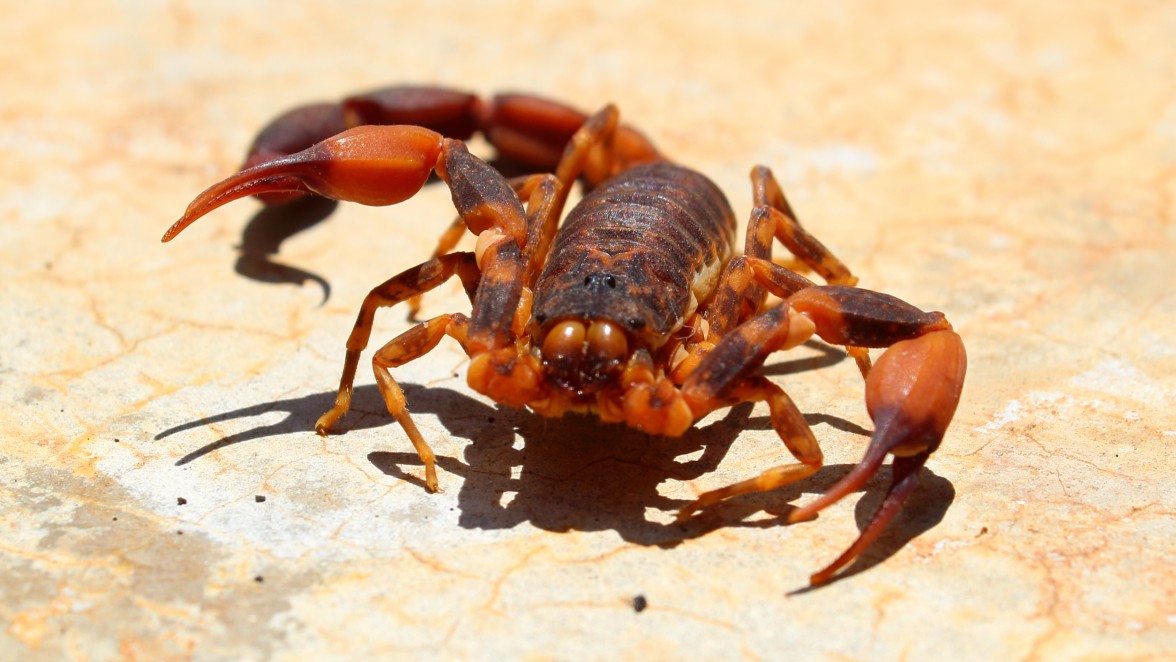Uncovering Brazil’s Scorpion Crisis: A Hidden Hazard
Brazil is grappling with a dramatic surge in scorpion encounters, as rapid urbanization and climate change create ideal conditions for these venomous arachnids to thrive. Over the past decade, reported scorpion stings have skyrocketed by 300%, with nearly 160,000 cases and 200 deaths recorded in 2023 alone. The crisis disproportionately affects densely populated cities like São Paulo and Rio de Janeiro, where inadequate waste management and crumbling infrastructure provide perfect breeding grounds. Public health officials warn that without immediate intervention, the problem could spiral further out of control.
The Alarming Rise of Scorpion Populations
Brazil’s scorpion crisis stems from a dangerous synergy of environmental and human factors. The yellow scorpion (Tityus serrulatus), one of the most venomous species in Latin America, has adapted remarkably well to urban environments. Unlike rural species, it reproduces via parthenogenesis—a process allowing females to clone themselves without males—enabling exponential population growth.
Key drivers of the infestation include:
- Urban sprawl: Construction projects disrupt natural habitats, forcing scorpions into homes.
- Poor sanitation: Accumulated garbage attracts insects, a primary food source for scorpions.
- Climate shifts: Warmer temperatures extend breeding seasons and increase survival rates.
“We’re seeing scorpions in places they’ve never been before,” says Dr. Ana Lucia Monteiro, a biologist at the University of São Paulo. “They hitch rides on delivery trucks and hide in sewer systems. By the time residents spot one, there’s often an entire colony nearby.”
Public Health Impacts and Vulnerable Communities
Scorpion envenomation is now Brazil’s leading cause of venom-related deaths, surpassing snakebites. Children under 10 and the elderly face the highest risk due to weaker immune systems. Symptoms range from localized pain to life-threatening complications like pulmonary edema and heart failure. Despite advances in antivenom production, many victims in remote areas struggle to access treatment in time.
Data from the Brazilian Ministry of Health reveals stark disparities:
- 75% of fatalities occur in low-income neighborhoods with limited healthcare access.
- Only 40% of municipalities have adequate antivenom stockpiles.
“This isn’t just a biological issue—it’s a social one,” argues Marcos Oliveira, a public health advocate. “Marginalized communities lack proper housing and pest control. They’re left to fend for themselves.”
Government Response and Grassroots Solutions
Authorities have launched initiatives like “Scorpion Zero,” a program deploying trained teams to high-risk areas. However, critics argue these efforts are underfunded and reactive rather than preventive. Meanwhile, grassroots organizations are stepping up. In Belo Horizonte, residents use smartphone apps to report sightings, creating real-time heat maps for targeted interventions.
Effective strategies include:
- Sealing cracks in homes with silicone.
- Installing fine mesh screens on drains.
- Using blacklight flashlights to detect scorpions at night (they glow under UV light).
The Road Ahead: Mitigation and Awareness
Experts emphasize that long-term solutions require systemic change: upgrading sewage systems, enforcing waste disposal laws, and expanding antivenom distribution. Public education campaigns are also critical. Many Brazilians remain unaware of basic precautions, such as shaking out shoes before wearing them.
“We can’t eradicate scorpions, but we can coexist safely,” says Dr. Monteiro. “The goal is reducing encounters through knowledge and infrastructure.”
As Brazil’s cities continue to grow, the scorpion crisis serves as a stark reminder of the hidden hazards lurking in urban shadows. For now, vigilance and community action offer the best defense against this creeping threat.
Call to Action: Residents in affected areas can download the Scorpion Alert app to report sightings and receive prevention tips. Share this article to raise awareness about Brazil’s invisible danger.
See more WebMD Network



